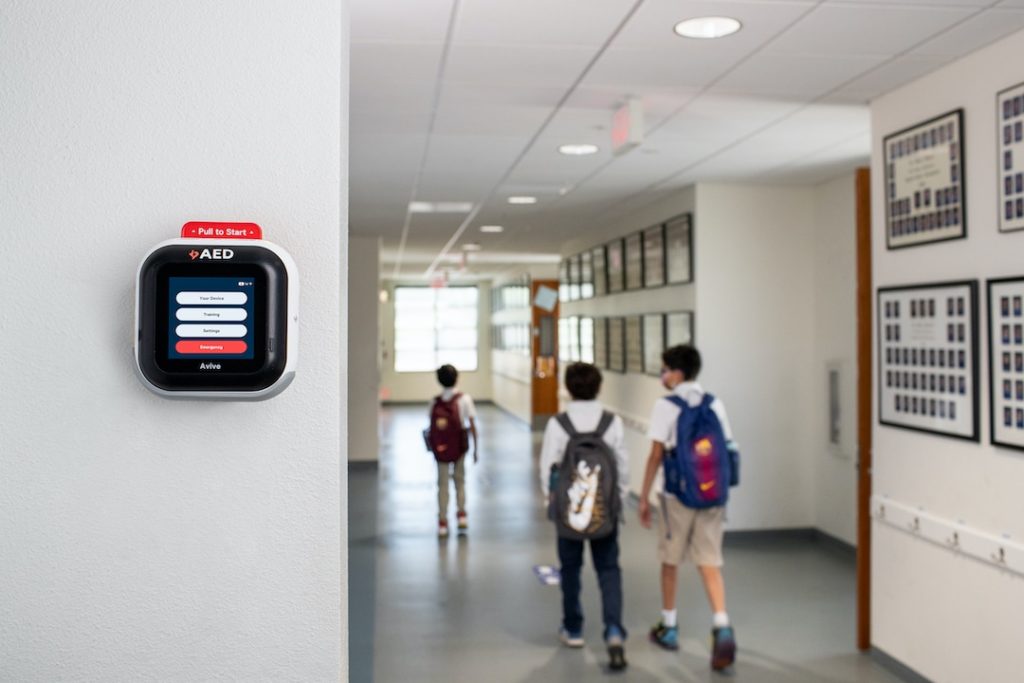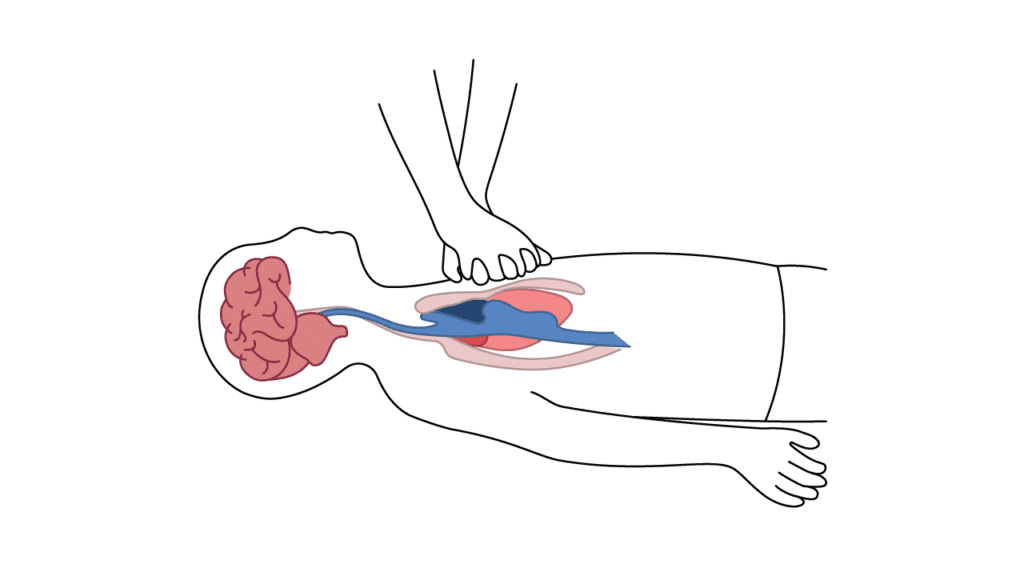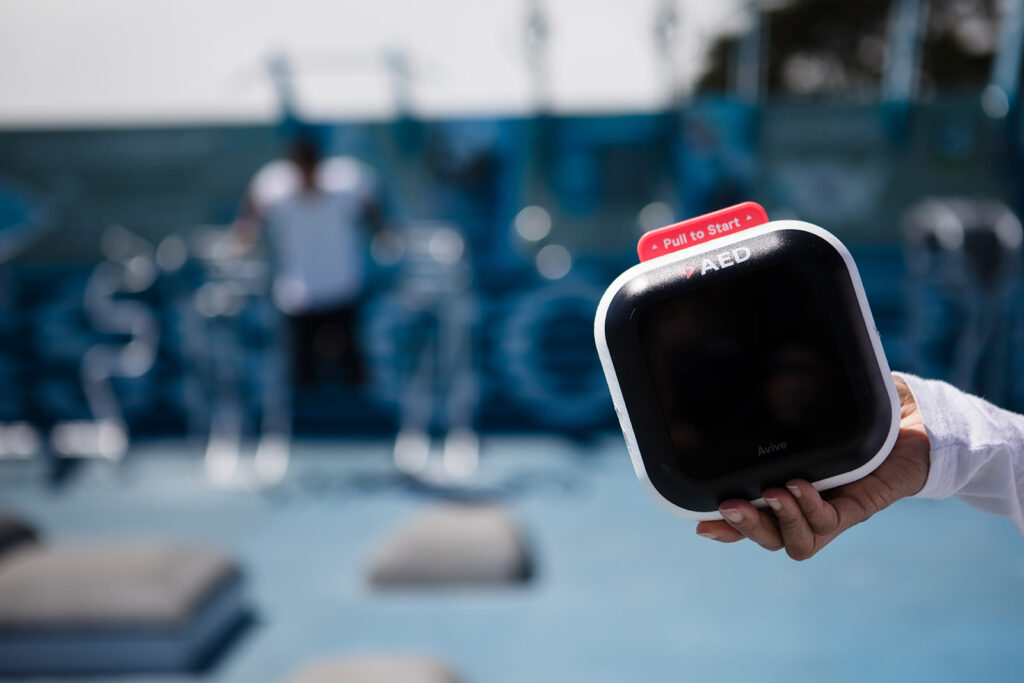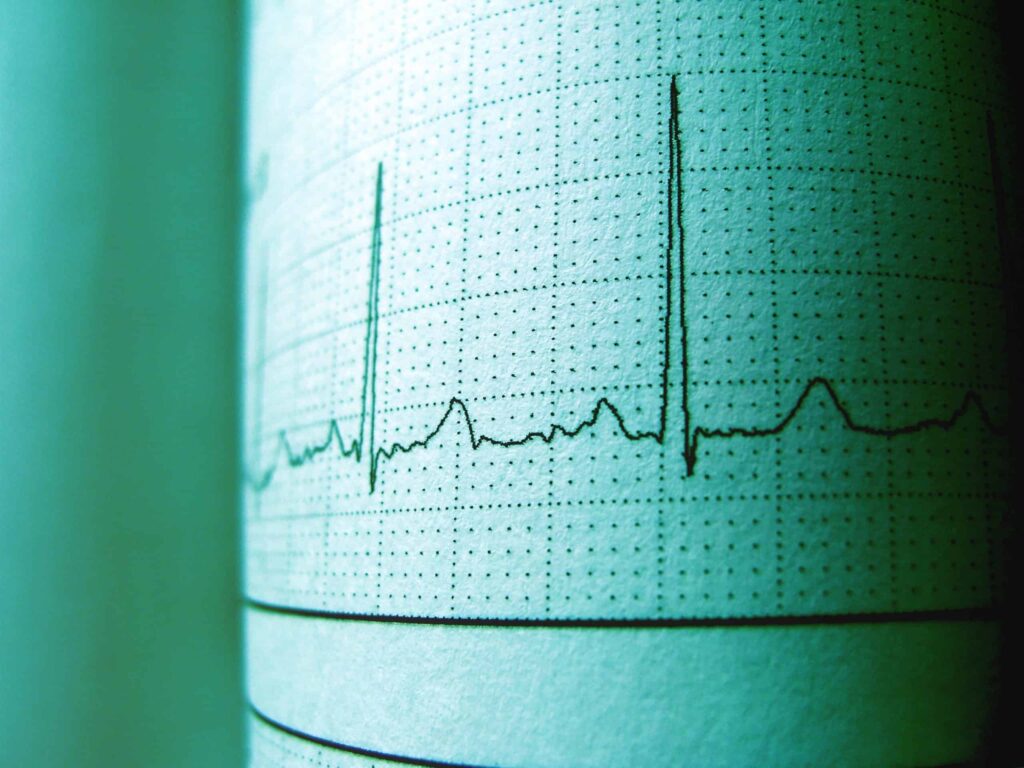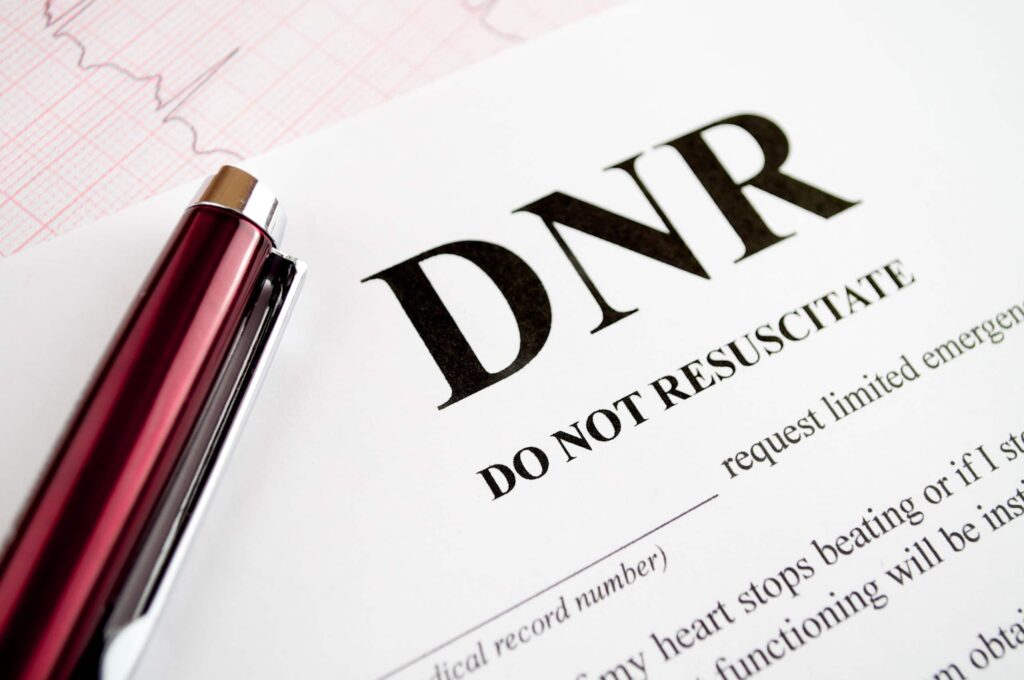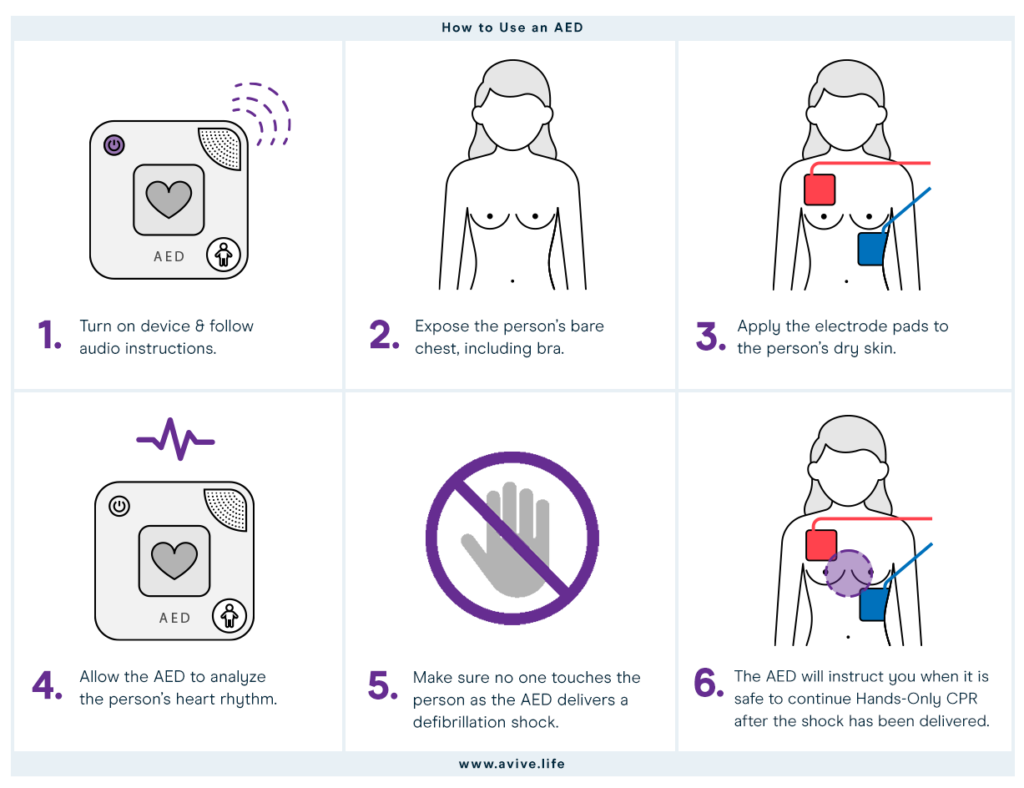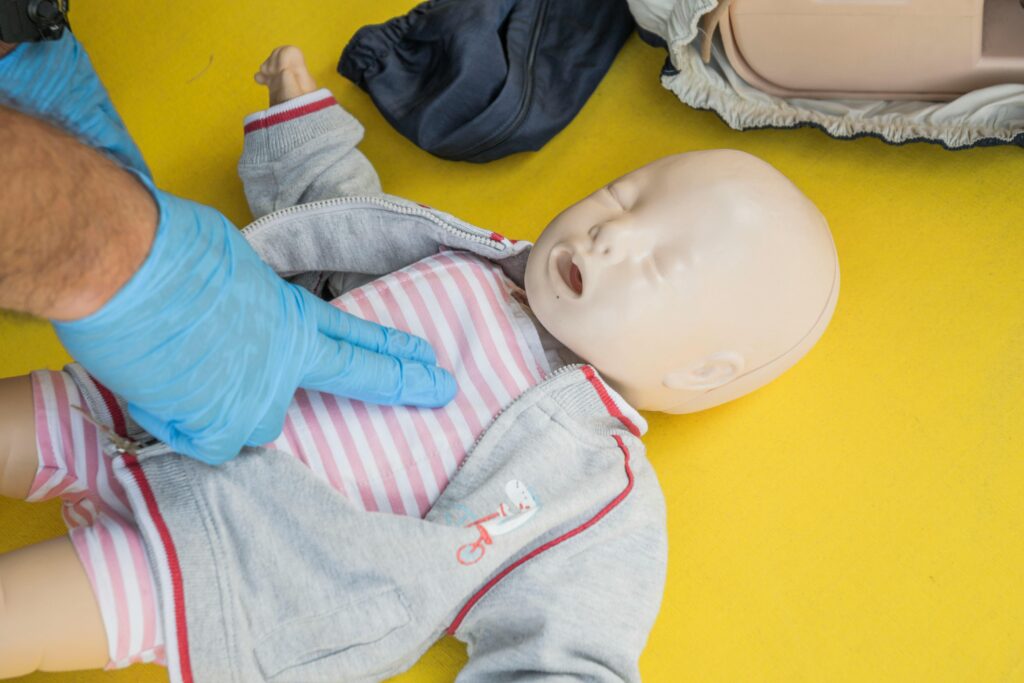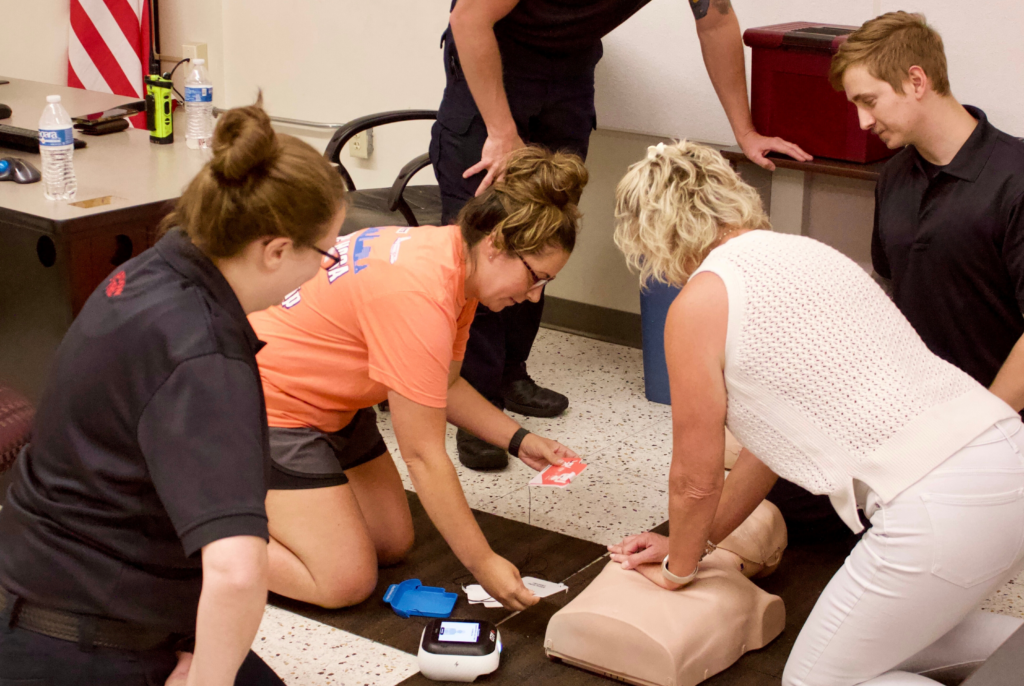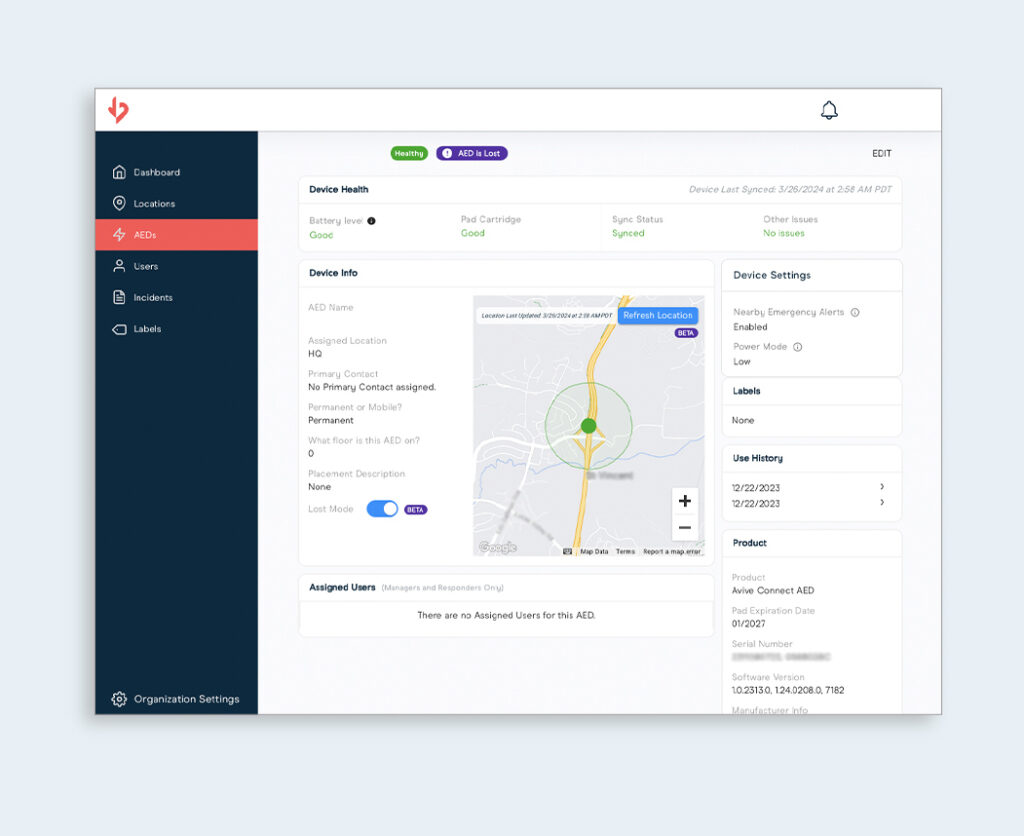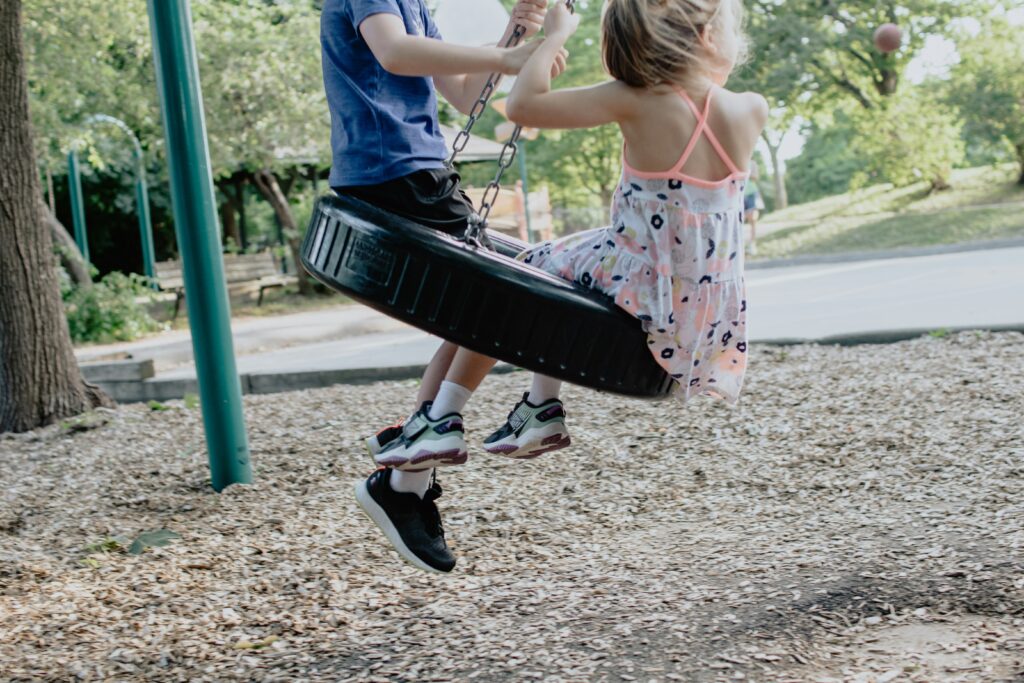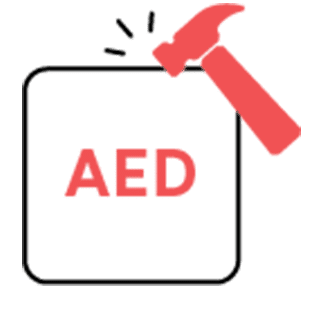Blog: Responder
What is the Bystander Effect?
The bystander effect refers to a psychological phenomenon in which individuals are less likely to offer assistance…
Telecommunicator CPR (T-CPR): Meaning, Challenges & Outcomes
For people who experience Sudden Cardiac Arrest (SCA), the first line of help is often the person…
Study Indicates AEDs are Saving Lives in Schools
Placement of automated external defibrillators (AEDs) in schools is an efficient way to curb out-of-hospital sudden cardiac…
10 Reasons Why CPR is Important
CPR is a critical life-saving procedure. Being CPR certified means you know how to quickly and properly administer…
AED Signage Requirements and State AED Laws
When a cardiac emergency happens, bystanders need to take immediate action by calling 911, initiating CPR, and…
AED With a Pacemaker: Can You Use a Defibrillator on Someone With a Pacemaker?
People with pacemakers implanted in their chests can experience cardiac arrest, too. You can use an AED…
Rhode Island Now Requires All 911 Operators to be Trained in Providing CPR Instructions Over the Phone
If you have never been in the unfortunate situation of having to call 911 for a medical…
New Connecticut AED Law Requires Health Clubs to Have an AED
According to the Red Cross, “Sudden Cardiac Arrest is among the leading causes of death in the…
Cardioversion vs. Defibrillation: Everything You Need to Know
Cardioversion and defibrillation are both treatments which treat abnormal heart rhythms, called arrhythmias. Arrhythmias can occur in…
New Texas Legislation Leads the Way Into the Future of AEDs
On September 1, 2021, a pioneering Texas law regarding AEDs came into effect. The new law (SB199)…
What Is A DNR?
Certain people have a do-not-resuscitate medical order, commonly known as a DNR. It is important to know what a…
CPR vs. AED Training: What’s the Difference?
Each day in the U.S., over 1,000 people suffer from Sudden Cardiac Arrest (SCA). Of those, only 10% survive. It’s…
The Importance of Knowing Infant CPR and AED Use in Emergencies
Having an understanding of infant CPR and AED (Automated External Defibrillator) use is essential in emergencies. Being…
Medical Drones in Healthcare
The potential of drones in healthcare delivery presents a lot of exciting opportunities; holding the potential to…
The First and Only AED that Alerts 911 – Avive’s QuickRescue™
At Avive Solutions, we’re dedicated to increasing survival rates for out-of-hospital cardiac arrest with our Avive Connect…
The Difference Between Respiratory Arrest and Cardiac Arrest
Discover the difference between respiratory arrest and cardiac arrest by comparing their causes, warning signs, effects, and how to respond.
How Often Should You Renew Your CPR Certification?
Cardiopulmonary resuscitation (CPR) is a lifesaving technique that is performed when someone’s breathing or heartbeat has stopped….
Inside Avive: One of the 2024 Bay Area Best Places to Work
Few decisions in our lives are more important than where we choose to work. This is because…
Trailblazing Safety: Avive x Headlands 27k
Headlands 27k The Golden Trail World Series is coming to the United States for the first time…
Life & Community: 12th Annual Marin County Survivors’ Celebration
At Avive, we believe in the power of community, the strength of collaboration, and the lifesaving potential…
Enable Lost Mode & 4 More Benefits of AED Connectivity
In a world increasingly intertwined with technology, there are few areas where connectivity has not yet made…
In Pursuit of AED Incident Data: Nick Bogle’s Story
Nick Bogle’s Story I first have to say that my story has nothing to do with anything…
What Are the Common Causes of Cardiac Arrest in Infants and Children?
Discover the causes of cardiac arrest in children and infants and how to prevent this life-threatening condition with our detailed article.
AED IP Rating Explained: What Does IP Code Tell About AEDs
Deciphering AED features and deciding what device to purchase can be overwhelming. What are the most affordable…



